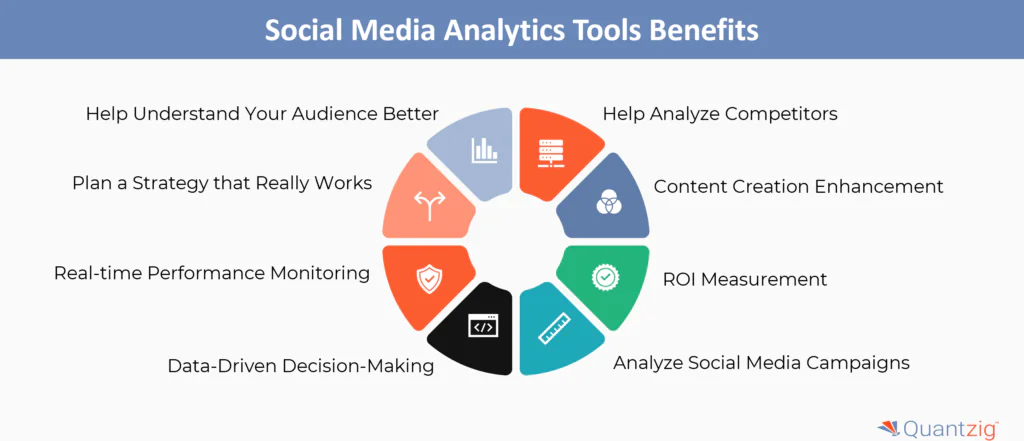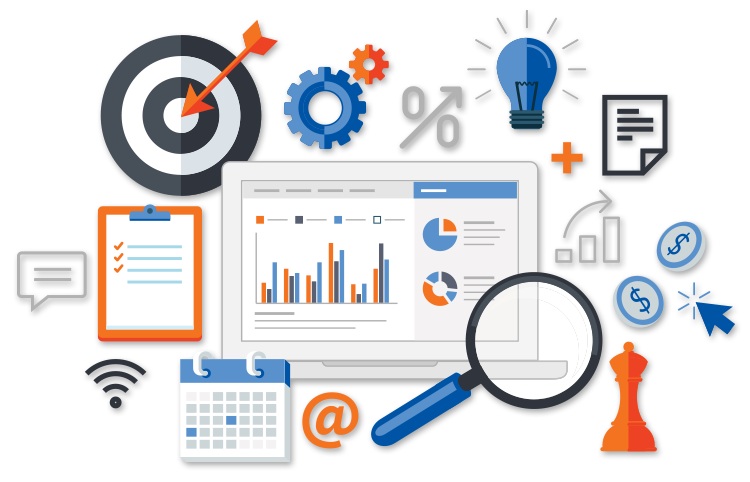Increase Decision-Making Power With Reliable Analytics Tools
Increase Decision-Making Power With Reliable Analytics Tools
Blog Article
Unlock Company Insights With Advanced Analytics Tools
In today's data-driven landscape, the capacity to unlock service insights with advanced analytics devices is becoming progressively crucial for companies seeking an affordable side. What are the crucial factors to consider that organizations must resolve to effectively harness these innovative analytics capabilities?
Significance of Advanced Analytics

Moreover, the affordable landscape needs that companies not just react to market changes but also expect them. Advanced analytics equips services to comprehend customer choices, boost functional efficiency, and mitigate threats properly. By leveraging these devices, organizations can boost their decision-making procedures and drive development.
In addition, the combination of advanced analytics cultivates a society of continuous renovation, where companies can refine their strategies based upon empirical evidence. As fields such as financing, healthcare, and retail significantly depend on data to educate their operations, the relevance of sophisticated analytics will only proceed to grow, making it a vital element for continual success in today's data-driven economic climate.
Key Attributes of Analytics Tools
Advanced analytics devices are characterized by a variety of vital features that enhance their performance in data evaluation and decision-making (Analytics). One of the crucial features is data assimilation capability, which enables smooth gathering of information from various sources, assisting in extensive evaluation. This guarantees that organizations have a holistic sight of their information landscape
Moreover, advanced analytics devices typically include robust analytical and predictive modeling abilities. These attributes enable companies to anticipate fads and identify patterns, causing even more informed tactical decisions. Visualization tools are likewise important, providing intuitive graphical representations of information, which streamline intricate info and make understandings more available to stakeholders.
One more crucial facet is the incorporation of artificial intelligence algorithms, which improve the capacity to assess large datasets and uncover hidden insights without explicit programming. Additionally, user-friendly interfaces allow non-technical individuals to utilize these devices successfully, equalizing information gain access to across the organization.
Sorts Of Advanced Analytics
While various advanced analytics methodologies exist, they can normally be classified into several key types that offer distinctive functions within organizations.
Descriptive analytics concentrates on summing up historic information to determine patterns and trends. It provides understandings right into what has happened in the past, enabling organizations to make informed decisions based upon empirical proof.
Predictive analytics, on the various other hand, utilizes statistical formulas and machine learning strategies to forecast future end results based on historic data. This kind is particularly valuable for danger analysis and demand forecasting, enabling businesses to plan for potential obstacles and opportunities.
Authoritative analytics goes a step additionally by recommending actions based upon anticipating insights. Analytics. It makes use of optimization and simulation techniques to recommend the best strategy, making sure that companies can make data-driven decisions with confidence
Execution Techniques
Effective implementation techniques for innovative analytics are essential for companies looking for to harness the full capacity of their information. To start with, a clear roadmap must be developed that lines up analytics campaigns with overall service purposes. This calls for a deep understanding of organizational goals and the certain inquiries analytics can answer.
Next, investing in the appropriate technology and tools is necessary. Organizations needs to evaluate available platforms for scalability, simplicity of usage, and assimilation capacities with existing systems. This ensures that data can be accumulated, refined, and Continue assessed efficiently.
Moreover, fostering a data-driven culture is important. Training workers on analytics tools and methodologies encourages them to use understandings successfully in decision-making. Involving stakeholders across departments can facilitate buy-in and urge cooperation, enhancing the general success of analytics projects.
Additionally, organizations should prioritize data top quality and administration. Executing robust data administration techniques ensures that the insights produced are precise and trusted. Continuous assessment and model of analytics processes allow companies to adapt to altering organization demands and technical developments, view website ultimately driving sustained worth from their analytics efforts.
Future Fads in Analytics
As organizations apply durable analytics approaches, it is imperative to continue to be knowledgeable about the developing landscape of analytics modern technologies and methods. Future fads in analytics are positioned to transform just how companies acquire understandings, optimize operations, and drive decision-making.

Another pattern is the rise of enhanced analytics, which automates information prep work and insight generation, minimizing the reliance on information specialists. This democratization of analytics encourages employees in any way levels to leverage data in their Our site functions.
In addition, the change in the direction of real-time analytics will make it possible for organizations to react promptly to market changes and customer preferences, enhancing dexterity and competitiveness. As information privacy laws end up being extra rigid, analytics remedies will certainly additionally need to prioritize honest data use, ensuring compliance while keeping robust understanding generation. Embracing these fads will certainly be crucial for companies looking for to preserve an one-upmanship in a significantly data-driven world.
Conclusion
Finally, advanced analytics devices play a crucial function in transforming information into actionable understandings, driving critical development and functional efficiency across companies. Their key attributes, consisting of anticipating modeling and maker discovering, promote the discovery of surprise patterns and trends. Reliable implementation strategies guarantee that these tools are integrated into business procedures, while emerging trends show an ongoing evolution in analytics capabilities. Eventually, fostering a data-driven culture remains necessary for navigating the intricacies of modern business settings.
Advanced analytics encompasses a suite of methods, including anticipating modeling, device learning, and data mining, which enable organizations to reveal patterns, projection trends, and maximize procedures.
Successful application strategies for advanced analytics are critical for organizations seeking to harness the full potential of their information. Continual analysis and model of analytics processes enable organizations to adjust to altering organization demands and technological developments, eventually driving continual value from their analytics campaigns.
As data privacy regulations come to be more rigorous, analytics solutions will likewise need to focus on ethical data usage, guaranteeing compliance while keeping robust understanding generation.In final thought, progressed analytics tools play a vital role in changing data right into workable insights, driving critical growth and functional performance across companies.
Report this page